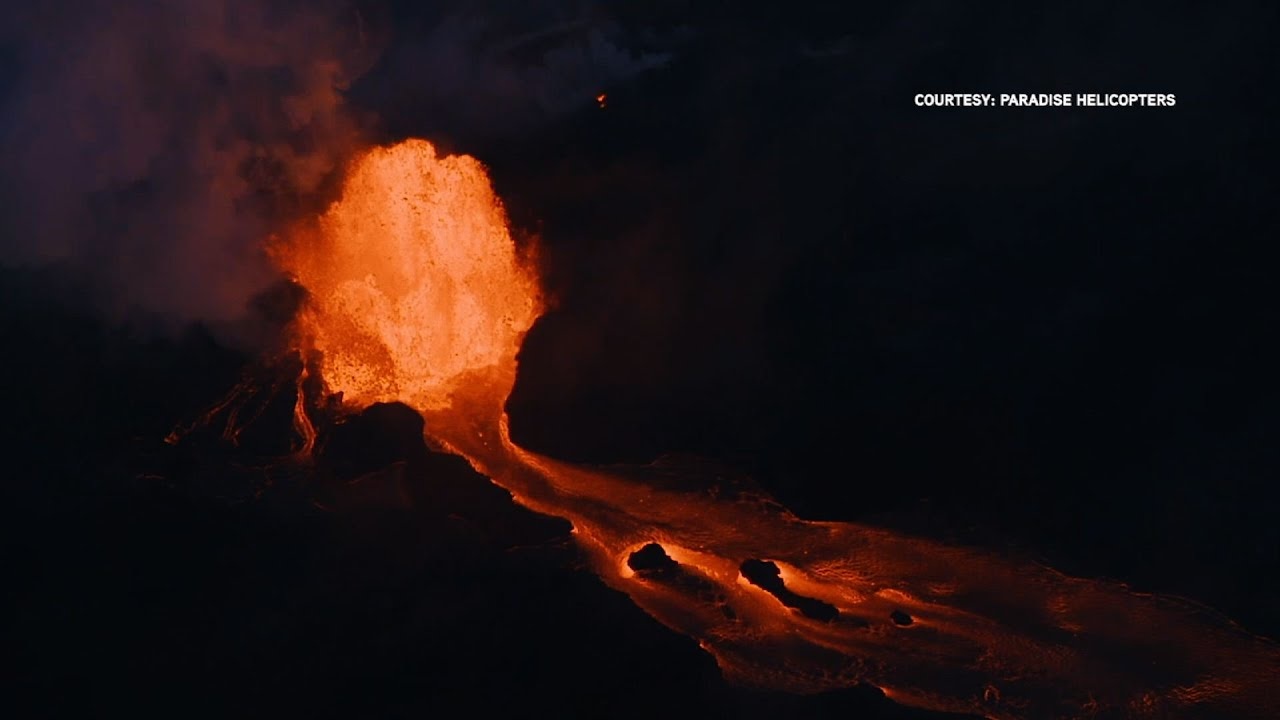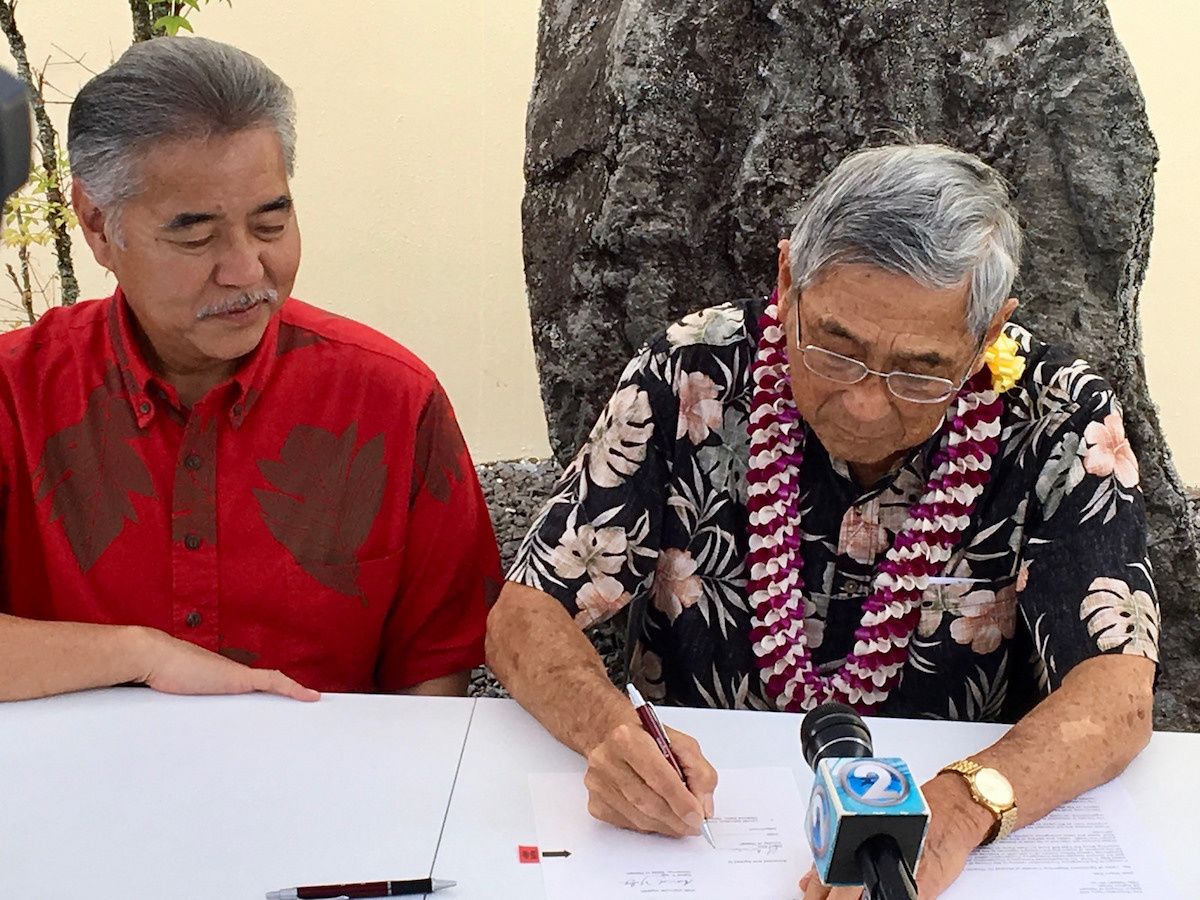

More than 600 homes have been destroyed by lava flows from Kilauea Volcano on the Big Island of Hawaii since erupting more than a month ago, Hawaii County Mayor Harry Kim told
Reuters.
Kim said that Kilauea, one of the world’s most active volcanoes, has never destroyed so many homes before in such a short period of time. The mayor’s seaside home in Vacationland was one of the many residences consumed by lava.
The ongoing damage caused by the volcanic activity has vastly exceeded the 215 structures ravaged by lava during all 35 years of Kilauea’s last eruption cycle that began in 1983.
Geologist Scott Rowland, a volcano specialist from the University of Hawaii at Manoa, told Reuters that Kilauea’s current eruption is the most destructive in the U.S. since the eruption of Mount St. Helens in Washington state in 1980.
The U.S. Geological Survey (USGS)
warned Friday that “vigorous eruption of lava continues from the lower East Rift Zone fissure system.”
USGS tweeted that the volcano has spewed at least 45,400 Olympic-sized pools of lava since May 3, or enough to cover Manhattan Island 6.5 ft deep and fill 11.3 million average dump trucks.
How much #KilaueaEruption #lava since May 3?
113,500,000 cubic meters (4,008,200,000 cubic feet)
OR enough to:
fill 45,400 Olympic-sized pools
cover Manhattan Island 6.5 ft deep
fill 11.3 million average dump trucksBut, it's only 1/2 the amount of 1984 Mauna Loa eruption. pic.twitter.com/HeGEvorAze
— USGS Volcanoes? (@USGSVolcanoes) June 7, 2018
On Thursday, Gov. David Ige and Mayor Kim signed a Letter of Agreement releasing $12 million to support the county’s response to the active volcanic eruption.
“This is an ongoing emergency and we’re in the early stages of damage assessment, but we do know that costs for overtime, equipment and materials are mounting. Police, fire, public works and civil defense employees have been working overtime, and some of the equipment and materials needed to keep evacuation routes open and safe have been costly,” said Gov. Ige in a statement. “This funding will help the county continue to protect the health, safety and welfare of area residents.”
Governor Ige (left) releases $12 million to County of Hawaiʻi for disaster responseGovernor David Y. Ige / Flickr / CC BY-NC-ND 2.0
Kim expressed appreciation for the assistance.
“We have had tremendous support from the governor and his departments from the get-go. This is helping us focus on the critical tasks of making life better for our people affected by the eruption,” he said.
The funding could be used for emergency supplies and temporary shelter-related goods and services, but is not intended for long-term infrastructure repairs or for private purposes such as the repair or rebuilding of private dwellings.
“Today’s agreement provides initial financial support, and I am committed to providing additional assistance to the County of Hawai’i as new needs and specific projects are identified,” Ige noted.

 233k
233k  41k
41k  Subscribe
Subscribe 
